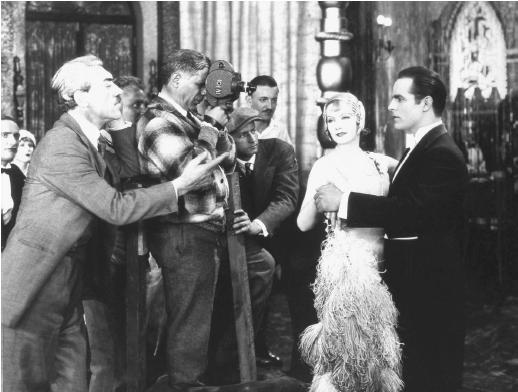Thank you for your reply, Bob!

You said:
That's a most interesting perspective, and one I sympathize with, as you are, in effect, seeking "truth in imaging." (Which is why I personally am uncomfortable with HST and other artificial narrow-band palettes, even though they do indicate differentiation in gaseous compositions more clearly than RGB images.)
I agree completely with your assessment of HST images. They are of immense scientific value, but from an aesthetic and even "true-human-color" aspect they are far from ideal.
But really, almost all astronomical objects -- galaxies and nebulae alike -- appear in shades of gray when we look at them through a telescope, because the color sensors of our eyes are insufficiently sensitive to see the actual colors.
That's very true. On the other hand, some planetaries are known for showing color in the eyepiece, such as the Blue Snowball, which, on the other hand, has an irritating tendency to photograph as greenish!
As for galaxies, would you believe that I have actually, really, seen color in a galaxy? It happened in 1970, I was fifteen years old and my eyesight was so much better than it is now. I had just read about the Andromeda galaxy, but I don't think I had seen a single picture of it. I decided to try to see it with my parents' not very big binoculars. I really had no idea what the galaxy would look like, but when I finally found it I knew what it was. It was extended, fuzzy and - yellow! I'm not kidding you. But when I have revisited M31 in later years, it has always looked gray to me.
What did I see when I saw that fuzzy yellow oval? I was seeing the bulge of M31, of course, or maybe just the inner, brighter part of the bulge. But I vividly remember that pale yellow color of it. What is the color index of M31? I don't know if I have ever seen that bit of information, but I would guess it is around 0.9, much like famous star Pollux. When I looked at Pollux through a telescope its color looked much like the pale yellow hue that I remember seeing in Andromeda. And because that glimpse of yellow in Andromeda made such a strong impression on me, I am unable to think of galaxies as gray.
But the dazzling blue NGC 1501 is just that, dazzling blue. It really is. So it is telling us something (which I will leave to the astronomers) about its gaseous make-up. Same with M 57, the Ring Nebula, which has very little real green in it, and not much blue, but significant red and reddish-orange. And the Eskimo, with its unique shades of browns and greens soft orange and almost no blue really looks like that.
I found a homepage,
http://www.ngc7000.org/ccd/pn-other.html, where you can see color images of NGC 1501, the Blue Snowball, the Eskimo Nebula and the Owl Nebula, among others. Interestingly, the Blue Snowball looks blue-green, whereas NGC 1501 looks brilliantly blue. However, the Eskimo and the Owl are mostly blue, too!

I think for the most part that we're seeing the real chemistry of these things represented in their differing colors. I'd be interested to know why, then, the chemistry seems to vary so much from one dying red giant to another.
Yes, that must be it. But what could possibly cause the brilliantly blue color of NGC 1501? I guess this planetary has no hydrogen at all, and no other gases that typically glow red. It must certainly contain oxygen, but OIII is blue-green, not pure blue. Could the nebula possibly contain tiny dust particles, so that it glows blue from reflection? Or could it glow blue from helium?
Interesting but frustrating! If I could see "true-color" RGB images of planetaries combined with careful chemical analyses of them and a good explanation for why they show the colors they do, then I would like them a lot, I think!
Ann
